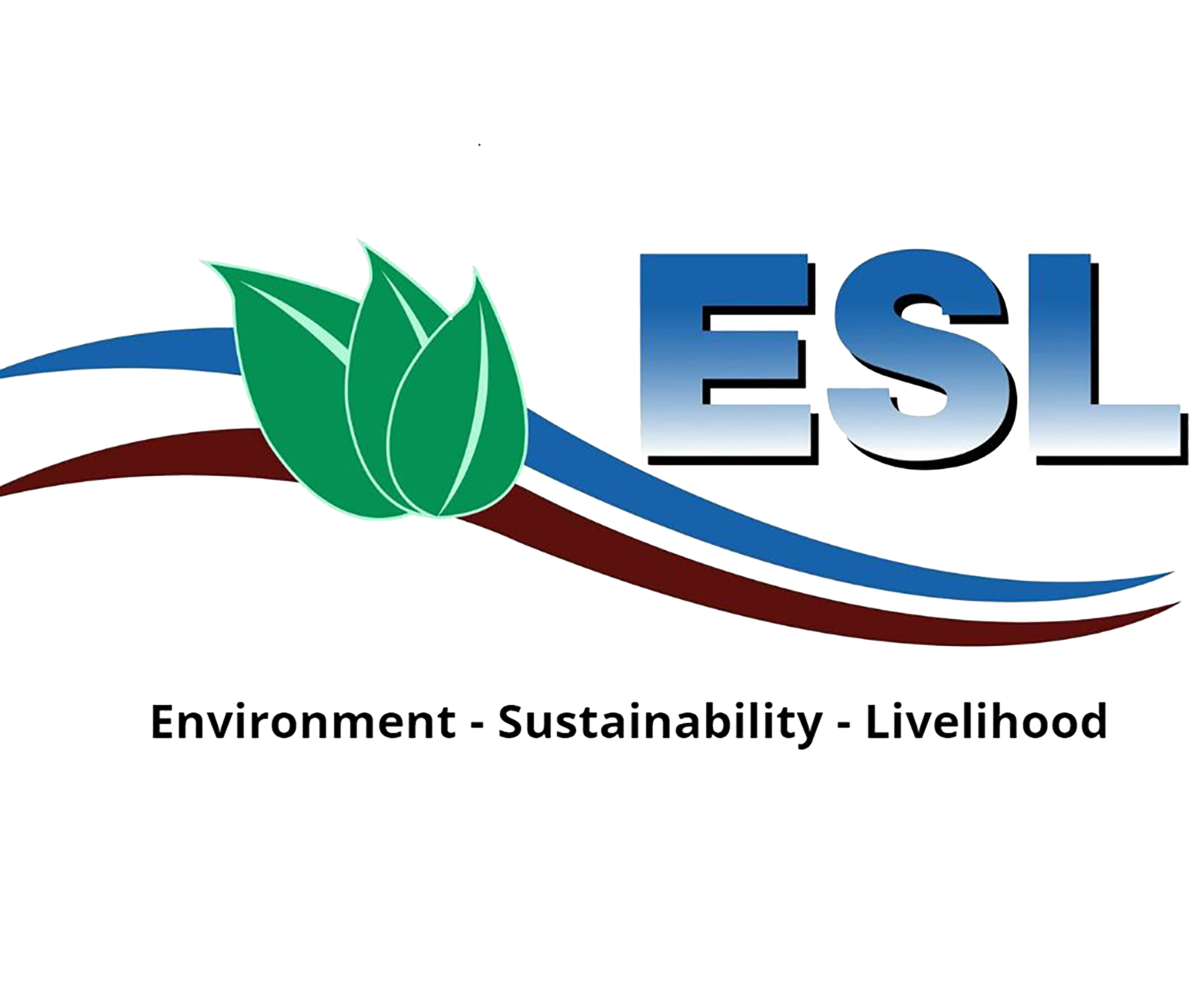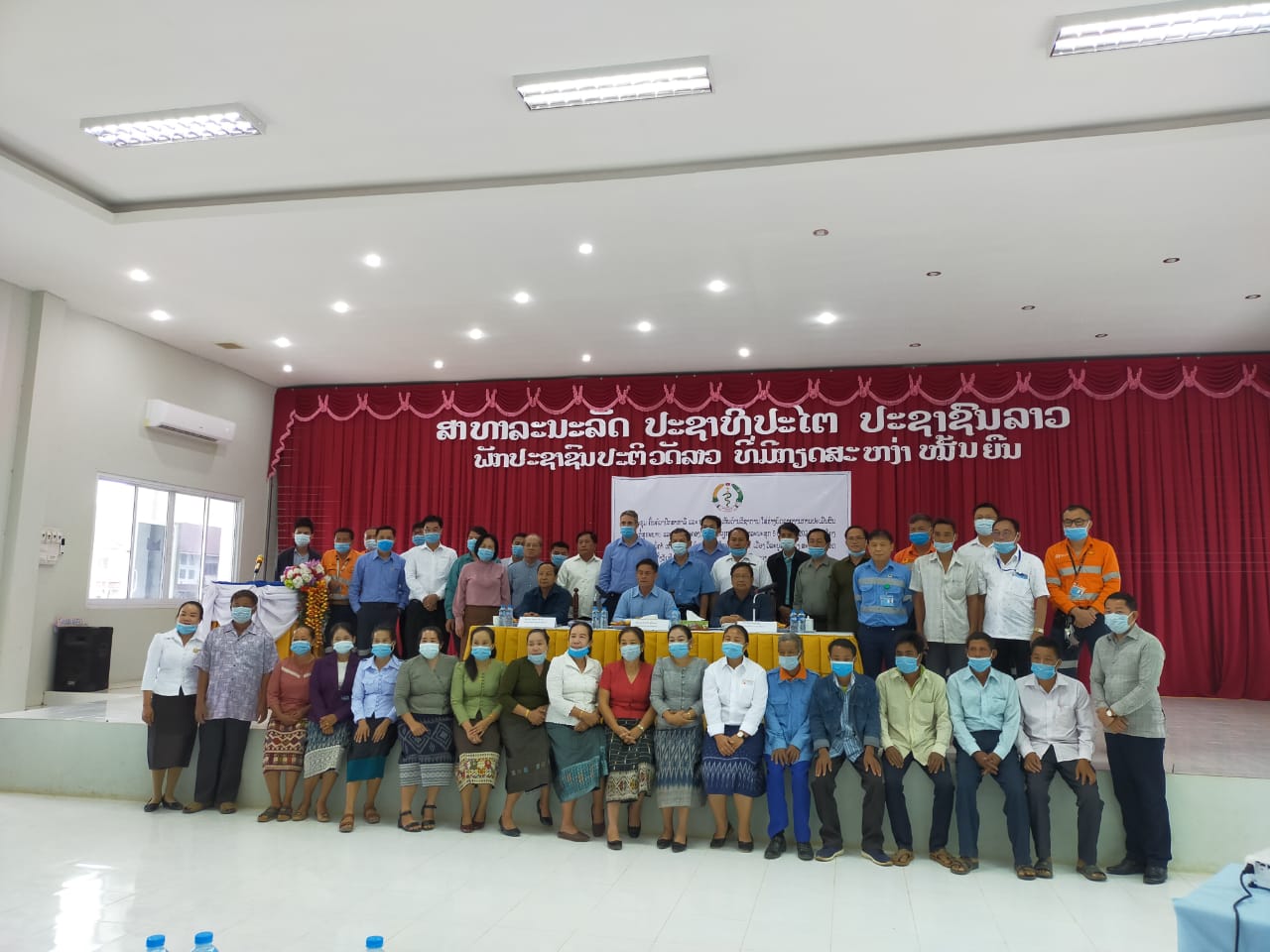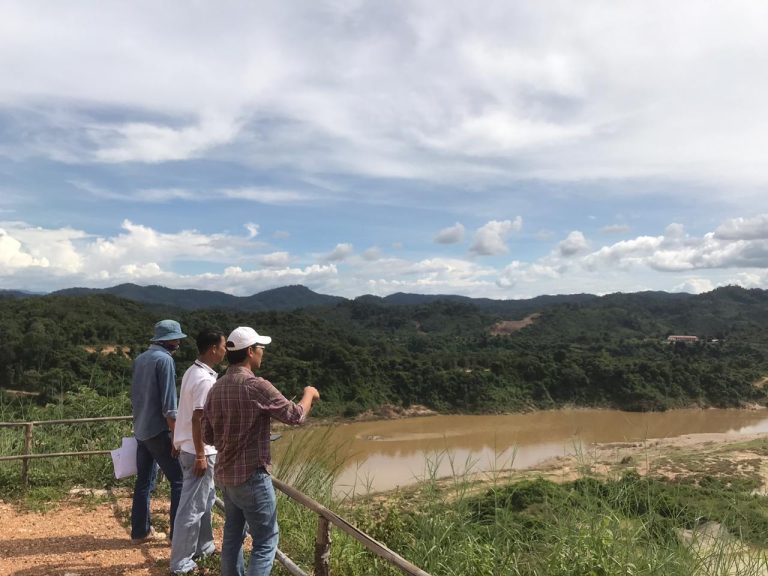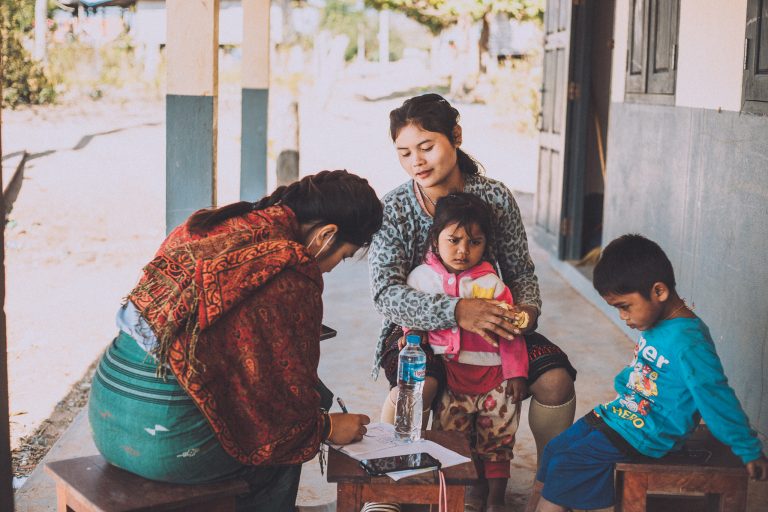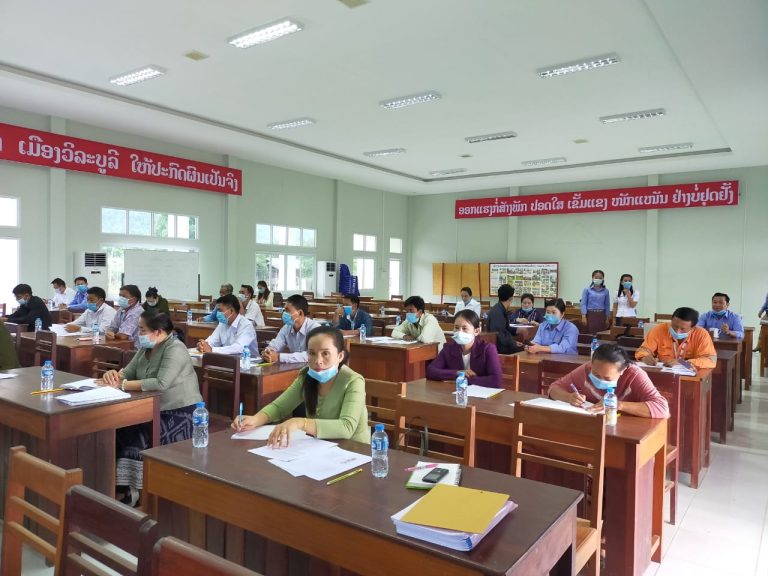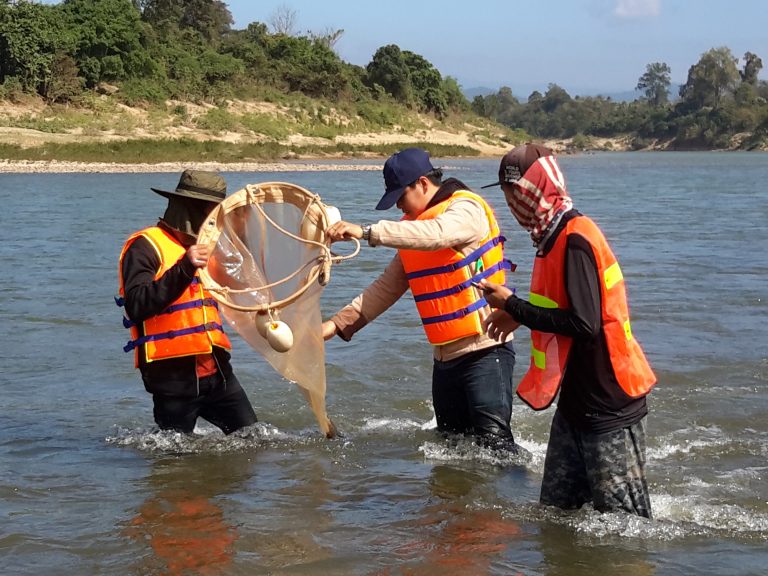Impact Assessment (HIA) for LXML Sepon Primary Goal Project
Impact Assessment (HIA) for LXML Sepon Primary Goal Project.
Client
Lane Xang Minerals Limited
A Subsidiary of Chifeng Jilong Gold Mining Co., Ltd
Location
Vilaboury District, Savannakhet Province, Lao PDR
Project Duration
June 2019 – October 2020
Background
In 1993, the Mineral Exploration and Production Agreement (MEPA) was signed between the Government of Lao PDR (GoL) and the Company of Lane Xang Minerals Limited (LXML) covering an area of 1,250 km2 of the Vilabouly District, Savannakhet province. The Greater Project Development Area (GPDA) lies within the MEPA and was characterized in an Environmental Social Impact Assessment (ESIA) submitted to GoL in 2006 as part of the approval for the Western Tailings Storage Facility (WTSF).
LXML is therefore the registered name of the company which operates the Sepon Mine. Chifeng Gold have acquired 90% of LXML from Minerals and Metals Groups (MMG) with the sale transaction completed on the 30 November 2018, while GoL owns 10%. LXML has been operating the Sepon Project since initial approval was granted by GoL in 2002.
The Sepon gold project yielded its first gold doré bars (gold mixed with silver) in December 2002. Then, in early 2005, an expansion of the original gold processing facility was completed, doubling the capacity of the gold carbon in leach (CIL) processing plant to 2.5 million tons of ore per annum (MMG, 2011). Oxide gold resources were expected to be depleted by 2011, however, following additional exploration efforts, the oxide gold resources were expanded and gold production continued until 2013. At this time gold operations were suspended due to economic reasons, leaving gold oxide and primary gold deposits yet to be developed. Since commencement of operations, over one million ounces of gold have been produced.
Services Provided
The overall objectives of this Health Impact Assessment report (HIA) are to gather basic health information, current health condition of people and communities in the project area and to identify the potentially positive and negative impacts on health of the villagers. Recommendations for mitigation measures to reduce the negative impacts are specified in the last chapter of this document. The specific objectives of health impact assessment.
ESL conducted the services are:
- To define the scope of health impacts and health service system;
- To identify the potential health impacts due to the project development;
- To identify work programs, policies and project activities as well as providing information to relevant communities and stakeholders ensuring the promotion of health care and mitigation of the impacts;
- To ensure that the project development will be able to appropriately allocate the budgets according to relevant policies and activities related to health impacts and health care;
- To identify the high-risk populations or groups that are potentially impacted by project development and health preventive measures are formulated for such groups; and
- To define the criteria in selecting of health service units suitably for the project requirements.
